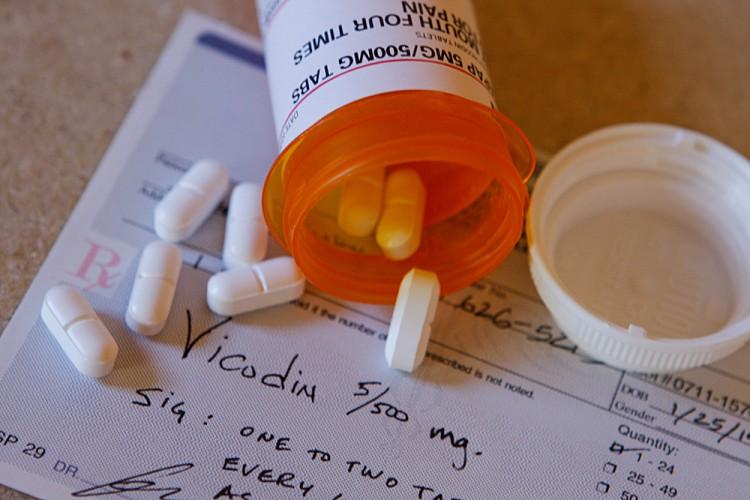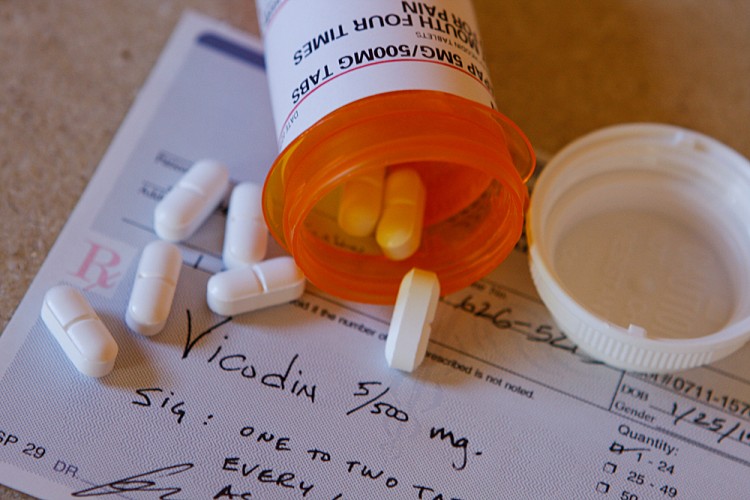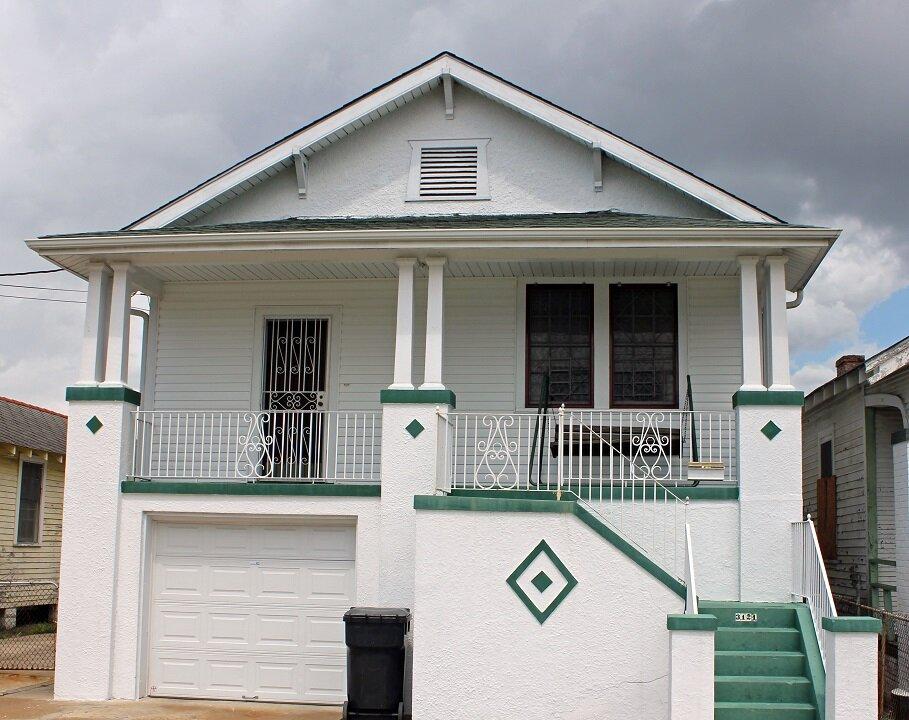NEW YORK—Patients visiting any of New York City’s 11 public hospital emergency rooms (HHC) in the five boroughs will no longer be allowed to leave the hospital with an excessive number of painkillers. The policy change is the latest effort from the Mayor’s Task Force on Prescription Painkiller Abuse aimed at curbing the growing prescription drug abuse problem in the city.
Between 2008 and 2010 in New York City, prescriptions filled for oxycodone increased by 51 percent, with an average of a 10-day supply being dispensed, according to a report issued by the Mayor’s Office.
“There is a role for these drugs in medicine, but make no mistake, these are dangerous drugs,” said Health Commissioner Thomas Farley Thursday. “It is best to think of them as heroin in pill form.”
The guidelines, which were suggestions given by the city but voluntarily enforced at HHC, mean emergency departments cannot prescribe more than a three-day supply of long-lasting opioid painkillers, which include the highly addictive OxyContin, Vicodin, morphine, fentanyl patches, and methadone. Emergency room physicians will not be allowed to refill lost, stolen, or destroyed prescriptions according to the new guidelines.







